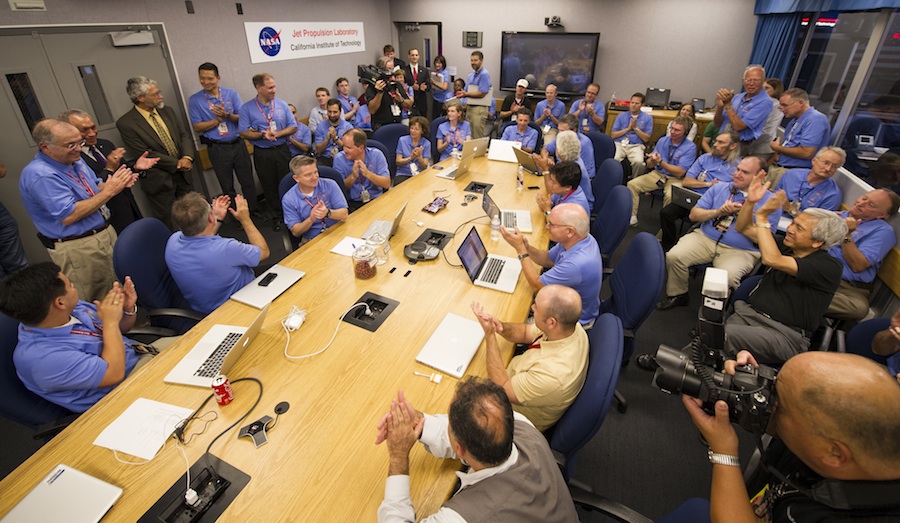SUMMARY
This is AI generated summarization, which may have errors. For context, always refer to the full article.

PARIS, France – If you have just seen a play that you privately think is drivel, will you keep silent when everyone around you demands an encore?
Possibly not, says an unusual investigation published Wednesday, June 19, in the Journal of the Royal Society Interface.
Combining a psychological experiment and mathematical analysis, the research marks a scientific attempt to quantify the fuzzy notion of “social contagion” — how individual behavior is influenced by group dynamics.
Mathematician Richard Mann of Sweden’s Uppsala University and colleagues video-taped groups of university students as they responded to a seven-minute Powerpoint presentation on a biological study.
Neither the students nor presenters knew the applause was being analyzed.
Mann and his team broke the applause down into mathematical models — and the results were revealing.
“People in the audience didn’t make an independent choice about how good the talk was and then clap an appropriate number of times,” Mann told AFP by email.
“Instead, they responded very predictably to the social pressure around them, which we believe they felt through the volume of clapping in the room.”
As more people started clapping, each individual who hadn’t started felt more pressure to join in, the statistics showed.
“Likewise, once people began to stop clapping there was increasing pressure for everyone to stop.”
Mann said the results showed that group behavior was reflected in patterns, and this knowledge had a range of uses.
“Just like we measure how influenza is spreading each year, we can also measure and predict how social unrest or new fashions might spread,” Mann said.
“Consider, for example, a new fashion for unhealthy binge drinking. If we can measure and predict the spread of this behavior, we can make preparations for policing and healthcare ahead of time.”
The method could also help predict the rate at which social networks or online groups will go out of fashion.
“Humans, like animals, often respond very simply to available cues,” Mann said. “Behavior can spread through a group through the social pressure of others.” – Rappler.com
Add a comment
How does this make you feel?





There are no comments yet. Add your comment to start the conversation.